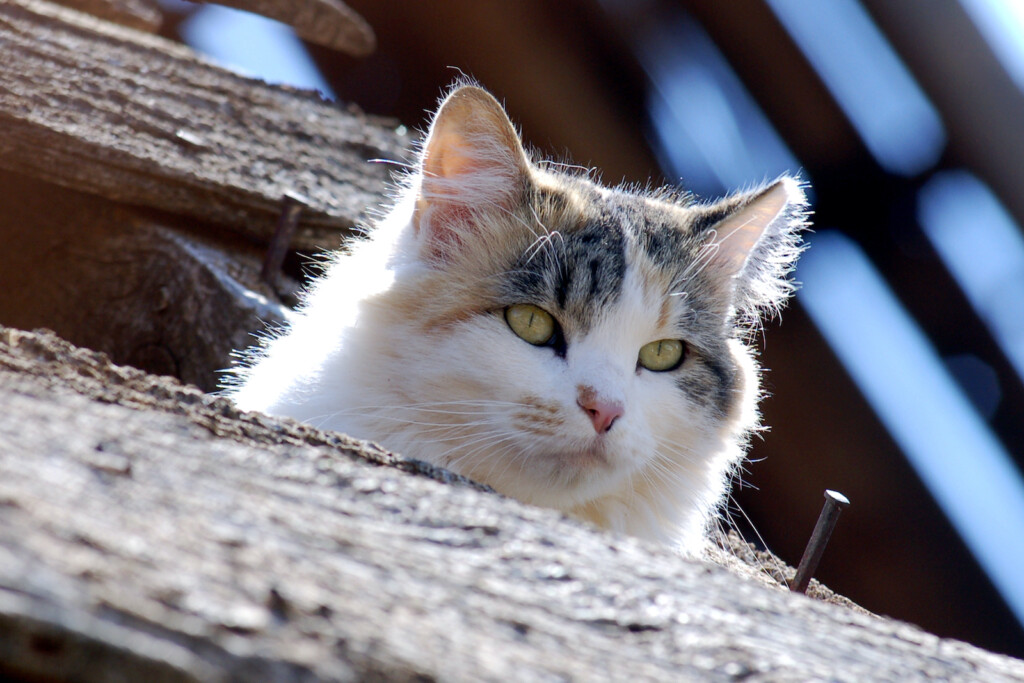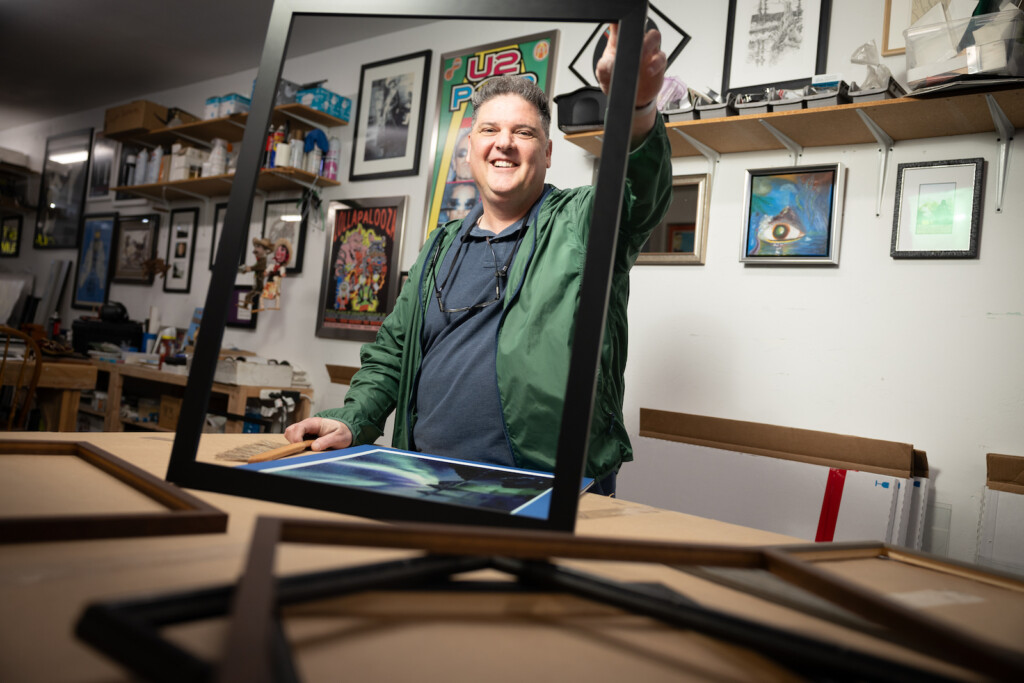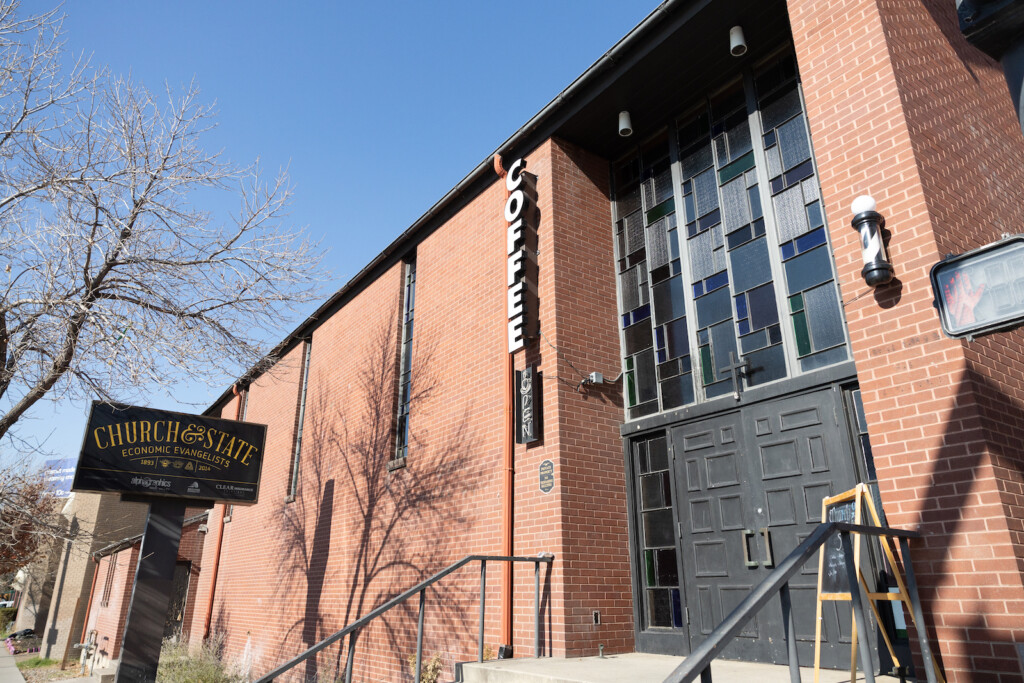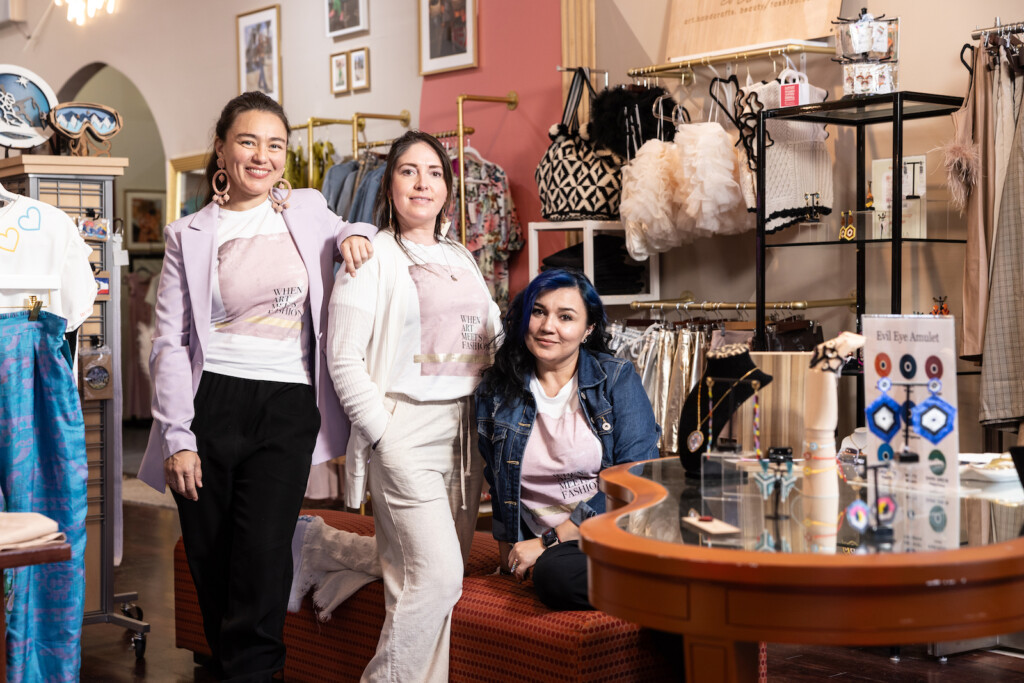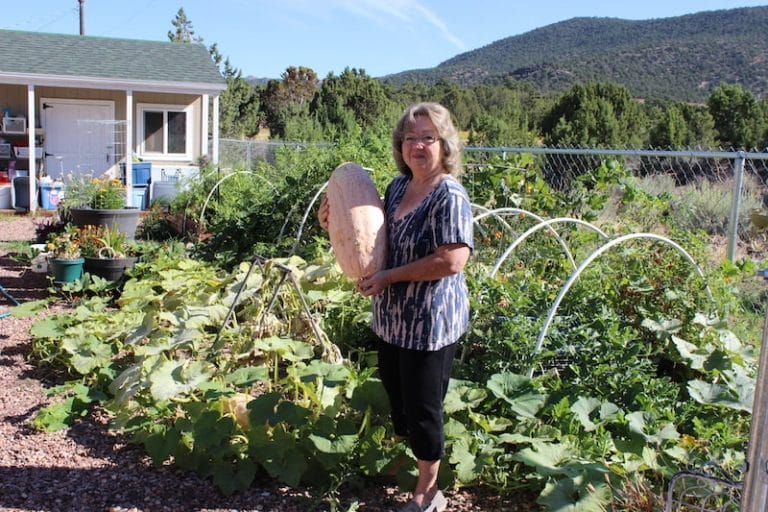
Around dinnertime, Adriana Brandt hands her husband Wally a bowl. “Go get me some onions and tomatoes,” she says, as he happily follows her directions.
The Brandts have created a gardening paradise on a third of an acre in Central, Utah. During the COVID-19 pandemic, self-sustaining lifestyles are increasingly being brought into the spotlight.
“It’s definitely a factor,” Wally, 39, says. “But the reality is we also did this in our suburban Indiana neighborhood. You can do it on a small or a large scale. We have 10 fruit trees, raised planter beds and our greenhouse. We’re doing what many others are now realizing is so valuable: planting functional and practical things.”
Central is becoming widely known for its gardening activities and it has an active and growing garden club of 25 members.
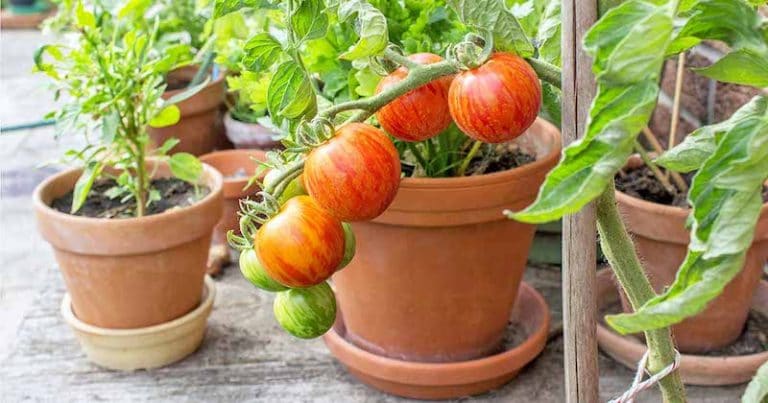
“A lot more people are thinking of gardening because of the coronavirus,” says Central Garden Club member Linda Dudley. “You can start with a five-gallon bucket and grow your first head of lettuce. The virus has made everybody pause, and it‘s making them take the blinders off. I don’t know how many will come away with a new understanding – a new sense of self and nature – but I hope they do. People lose sight of the importance of nature and self-sustainability.”
Linda’s garden hosts tomatoes, squash, zucchini, onions, garlic, tomatillos, Jerusalem artichoke tubers, peach trees, plum trees, apricot trees, and hobby plants. She isn’t the only one who loves her garden. Local wildlife species do as well. The balancing act of welcoming them while keeping her garden intact can be tricky at times, but it’s worth it.
“I looked out my window once and saw this huge buck eating my peaches,” Linda says. “He was so beautiful I forgot for a moment that he was eating from my tree!”
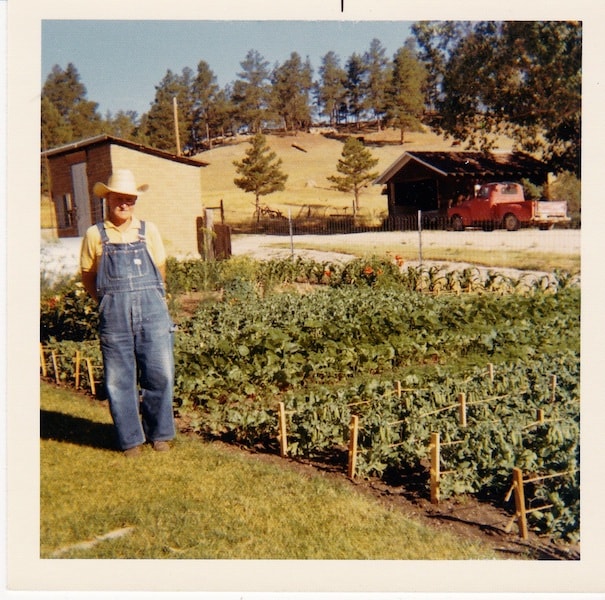
At 72, Linda often ponders the love her great-grandparents must have had for their dry farm – an agricultural creation requiring the caretaker to regularly hand-carry water to every plant. As years passed, their children carried on the traditional farming lifestyle, but with more modern conveniences such as irrigation systems and a tractor. Yet Linda shares concerns that as a society today, “each generation is one more step removed from farming, gardening and being outside.”
Refreshing her faith in younger generations is Wally, who is working to propagate trees. Using trimmed tree branches, he dips them in rooting hormone before planting them in five-gallon pots. He hopes to discover in this growing season which ones are successfully rooting. Those that do will be transplanted into larger, nursery-style buckets. There, they will spend between two and three years maturing into viable saplings, then be made available to residents in his neighborhood.
“I did 53 cuttings, and if 10 percent make it, that would be great,” Wally says. “Planting native trees just makes sense. The more tree cover you have, the more shade and water retention you have. That reduces the amount of humidity and the temperature around your house. Ask yourself: ‘What moves the needle for me to do something?’ From an economic standpoint, there’s no reason to not try and grow your own things.”


